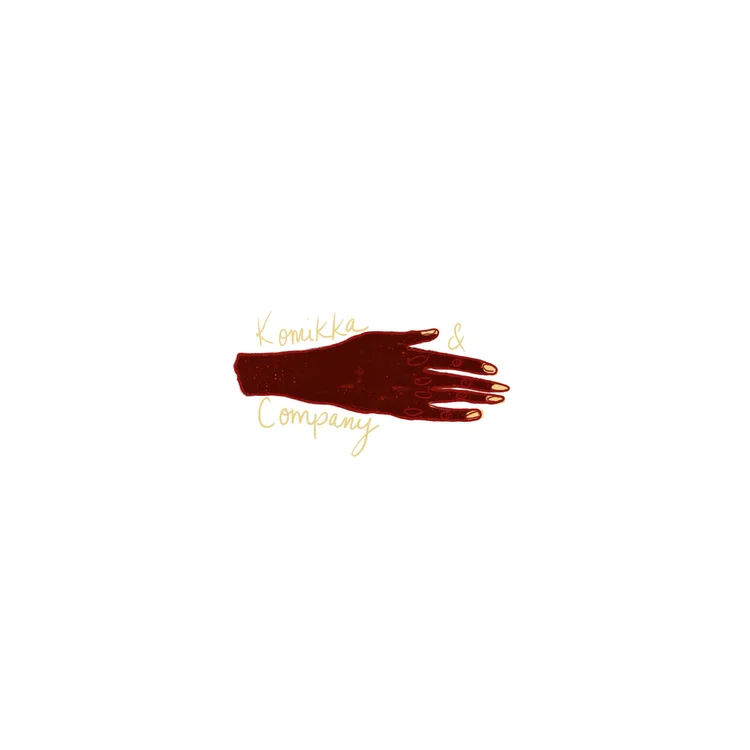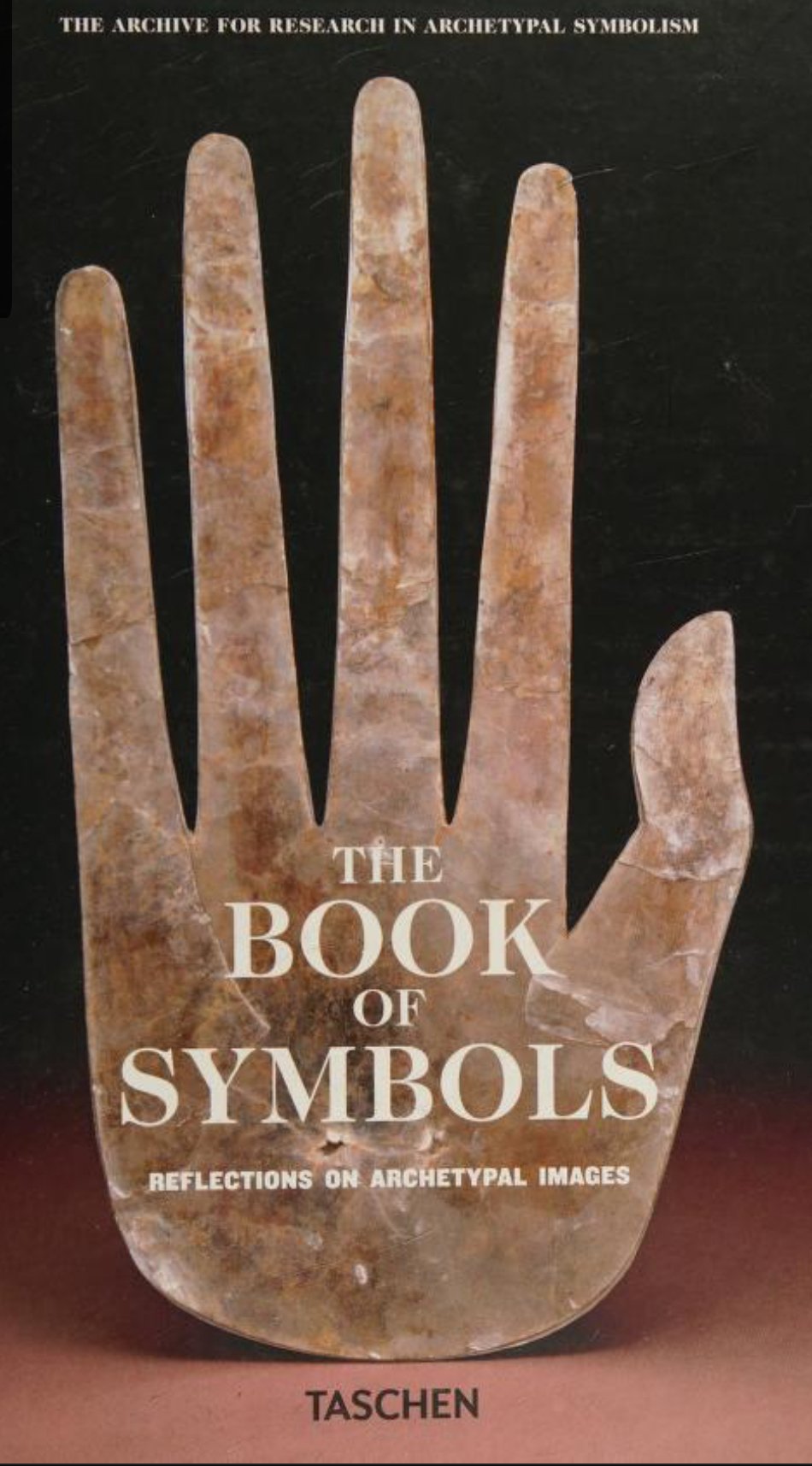Welcome to the Studio with Komikka!
Visual art has been quiet for me these past few months. I’ve been wandering through the shadowed corridors of other forms of expression, dismantling what I thought I knew. I still remember the days when inspiration burned like an unending flame—when I couldn’t bear to stop, couldn’t bring myself to put down the pen. The urgency of those moments felt eternal, as if creation was my breath.
But something shifted. The stream grew still. What once came so naturally began to feel predictable, rehearsed. I had to confront the edges of myself, not with reverence but with destruction. I’ve come to understand that to move forward, I must dismantle the familiar—to kill the artist I thought I was.
Kill the artist to rediscover curiosity.
Kill the artist to confront the void.
Kill the artist to make space for what’s next.
Other forms of creation offered me reprieve, space to investigate what lies beneath the polished surface of knowing. I found myself immersed in this destructive cycle, questioning and excavating, allowing silence to speak. To write. About death, sex, birth, fear, and much more. And it was in that space that I felt more alive than ever. I felt I had to research that I had to dig to discover something in me. Confront shame and guilt. Talk about guilty pleasure and fantasy. All the things that didn’t have space in my collages. Still, the fragments of my former self lingered—a lotus blooming in stillness here, a crocodile from a dream there, traces of what was, whispering of what could be.
Months passed in this rhythm of deconstruction and reconstruction, of pause and breath. Then, as if by design, The Book of Symbols found its way into my hands. I had glanced at its pages before, but this time, it was different. It landed heavily and stayed. This time it anchored me. The symbols became mirrors, each revealing a layer of myself I had forgotten or overlooked. Which reignited the fire for drawing which is the basis for my visual creations.
The Lotus: Out Of Dark Waters
“All life, rooted in mire, nourished by decomposed matter, growing upward, through fluid and changing medium, opens radiantly into space and light.” - Taschen The Book of Symbols
The lotus, wrapped tightly in its potential, reminded me of the beauty in what is unseen, in what waits. Its stillness taught me to honor the unfolding. Some truths wait to bloom, their petals unfurling only when we are ready to see. although this is a symbol I use quite often the young and innocent blossom holds a quiet kind of magic, it wrapped tightly amongst itself, not yet revealing its petals, not yet showing the fullness of its beauty. it’s innocence lies in it’s patience- in the way it waits, nestled in water that might be murky, trusting the moment when it will open to the light.
There is something profoundly tender about that early stage, the moment when potential is held but not yet realized. The young blossom doesn’t rush. It doesn’t force itself into bloom. It simply is—a soft promise, unassuming yet infinite.
In my art, I have returned to this image again and again: the lotus bud, with its delicate shape and unspoken wisdom. It whispers of beginnings, of the beauty in not yet knowing, in being untouched by the sharp edges of the world.
And yet, it is not fragile. Beneath its innocence lies the strength of its roots, the resilience of its growth through mud and water. The young blossom is both tender and unyielding, reminding me that innocence does not mean weakness. It is a kind of purity that can only come from trusting the process of becoming.
The Crocodile: Protective and Dangerous
The crocodile, ancient and watchful, called me to embrace the primal forces within—the raw, the enduring, the untamed.
But alongside the lotus has emerged the crocodile—a creature that moves between worlds, both land and water, carrying with it the ancient wisdom of survival. In the context of West African spirituality and Vodun, the crocodile is more than just a creature of the wild. It is a guardian, a symbol of protection, and a bridge to the ancestors. Its connection to water speaks of both life and death, cleansing and rebirth.
The crocodile does not rush. It waits, hidden in stillness, observing. Its quiet patience is the kind that comes from knowing the depths of the world—its primal strength emanates from the calm that comes from understanding what lies beneath. There is power in stillness, in knowing when to act and when to be patient.
I had a dream a few weeks ago, in which the ground beneath my feet were filled with crocodiles. Layers of them lying dormant. There was no Earth only crocs, I will admit that I had already drawn a few by this time, but it was interesting for them to be so many and not necessarily on my side.
These symbols were not merely subjects for my sketches. They became markers of a journey, guiding me through the destruction of ego, the surrender of control, and the rediscovery of wonder.
Now, I find myself here, on the other side of the stillness. I am not the same artist I was months ago. If I am even artist at all. There was time before I became Komikka The Seed, in which I was nothing. Labeless. In a space of…
“Everything must go, Like everything I think I know.” insert Jhenè Aiko.
What lies ahead is not clear, but I know this: I am creating again, not from the need to produce, but from the expansiveness of curiosity.
Perhaps, in the end, this is the truth of all art: to destroy, to rebuild, and to let curiosity lead us toward infinity.
If you haven’t already, subscribe below, and don’t forget to add me to your address book so I don’t land in your spam, sending my love.
- Komikka Patton














